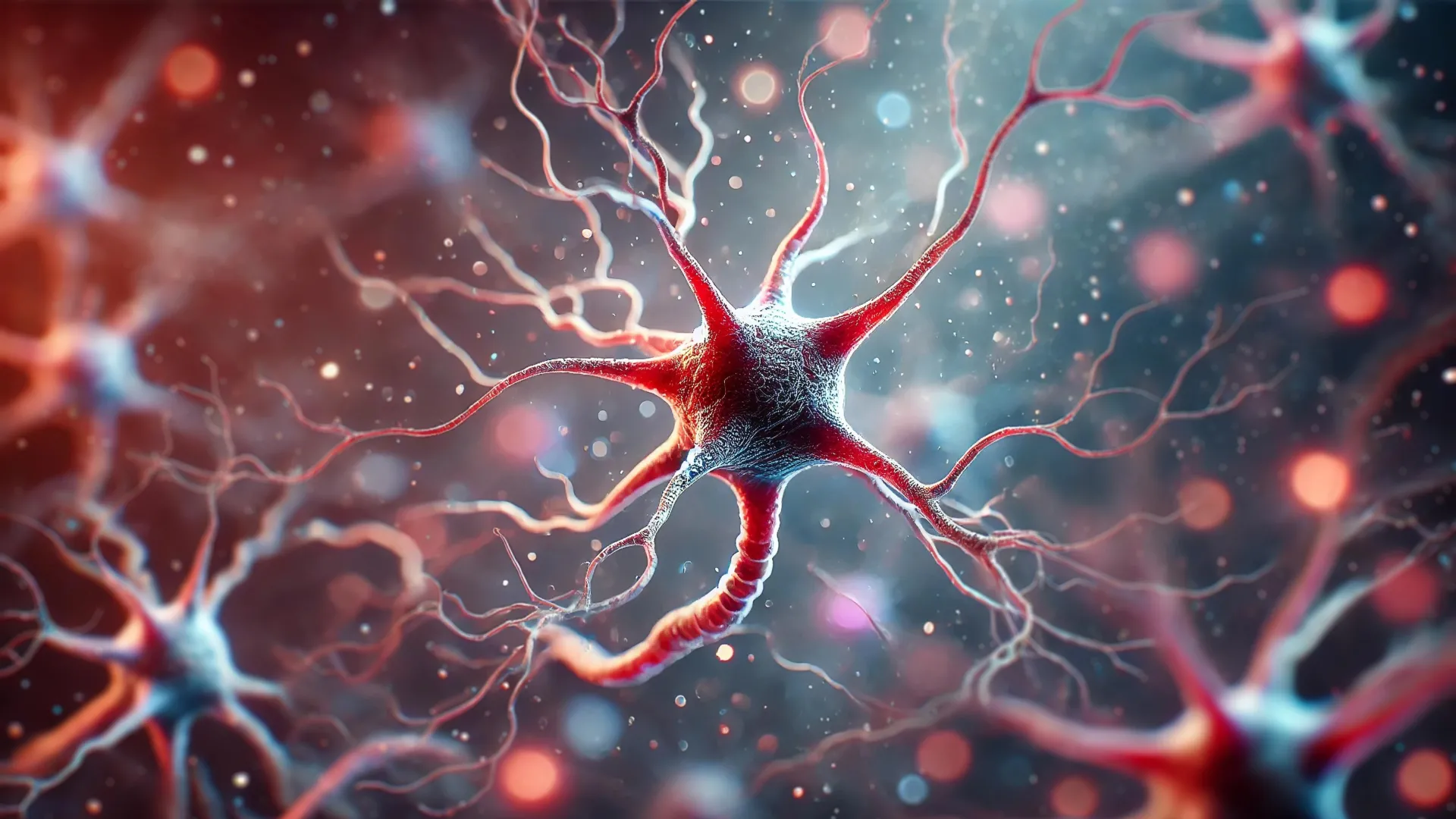Scientists have warned that toxic algae in Florida‘s waters may be silently contributing to Alzheimer’s disease.
The alarming findings come from studies of stranded dolphins, which showed signs of brain damage linked to the same neurotoxins found in harmful algal blooms.
Researchers studying dolphins in the Indian River Lagoon along Florida’s east coast, discovered that these marine mammals displayed brain changes strikingly similar to those seen in Alzheimer’s patients, including the formation of misfolded proteins and plaques.
These changes appear linked to cyanobacterial toxins, which are produced by the rapid increase of algae population in an aquatic system, known as a bloom.
Dr David Davis of the Miller School of Medicine, who was part of the research team, told the Daily Mail that environmental factors may play a significant role in triggering or exacerbating neurological illnesses.
‘Miami-Dade County has one of the highest rates of Alzheimer’s in the US,’ he said.
Biscayne Bay and other waterways in the county have experienced severe ecological stress over the past decade, with major algal blooms recorded as recently as August 2020. These blooms can last for months, far longer than typical short-lived events. This causes the water to become cloudy or form a scum on the surface.
In 2024, roughly 77,000 to 80,000 people in Miami-Dade county were estimated to have the brain disorder, according to the Alzheimer’s Association. That is 10 to 15 percent above the national average.

Scientists have found a shocking link between alga blooms and Alzheimer’s (Stock image)

Algae blooms contain microscopic organisms that release compounds, which are highly toxic to nerve cells, damaging the brain regions responsible for memory, thinking and communication (Pictured: An algae bloom from above)
‘Maps of algal bloom occurrences and Alzheimer’s prevalence overlap in concerning ways,’ Davis said. ‘We’re really worried about people in Florida being exposed.’
Florida has been tracking harmful algal blooms since 1844, but climate change, warmer waters, fertilizer runoff and stagnant canals are fueling ‘super-blooms’ that can persist for months.
While the blooms may look harmless, appearing as a bright green, blue-green or brown-red paint spilled on the water, they produce dangerous toxins, including β-N-methylamino-L-alanine (BMAA).
A separate study in Guam showed that BMAA produced by cyanobacteria entered the local food chain through fruit bats that ate toxic cycad seeds.
Villagers then consumed the bats, ingesting high doses of the toxin. Many developed a rare neurological disorder unique to the island known as ALS-PDC (Amyotrophic Lateral Sclerosis Parkinsonism-Dementia Complex), which combines symptoms of ALS, Alzheimer’s, Parkinson’s and other neurodegenerative diseases.
Dr Paul Allen Cox, co-author of the Guam study, spent more than two decades researching cyanobacterial toxins and their effects on human health. His findings initially sparked controversy because many people doubted that these toxins could move through the food chain and cause neurological damage.
Still, Davis said: ‘It inspired our research here in Florida, where the same toxins have been detected in the marine food web.’
The most concerning toxins include BMAA and its chemical relatives 2,4-Diaminobutyric acid (2,4-DAB) and N-2-aminoethylglycine (AEG), all highly toxic to nerve cells.
Animal studies have shown that exposure can produce Alzheimer’s-like brain damage and cognitive decline.

Scientists said that Miami-Dade County (pictured in part) had one of the highest rates of Alzheimer’s in the US last year, and the region also experienced major algal blooms in 2020

Scientists found the hallmarks of Alzheimer’s in the brains of all the dolphins tested, including misfolded tau proteins (center), amyloid plaques (left) and tangled fibers (right) that destroy neural connections
Once released into marine environments, these toxins can accumulate up the food chain, eventually reaching dolphins and potentially humans who consume contaminated seafood.
‘Any exposure to these toxins is concerning,’ Davis told the Daily Mail. ‘In Florida, doses are likely lower and spread over longer periods, but we don’t yet know the long-term effects on humans.’ For that, he said, we’d need long-term studies.
‘[That] is why experimental models like dolphins are so important,’ he added. ‘They help us understand potential impacts on public health.’
Researchers are now closely monitoring Florida’s waterways and seafood supply for cyanobacterial toxins, aiming to better understand the risk to residents and prevent long-term neurological harm.
They routinely collect samples of fish, shellfish and even water used in aquaculture from areas affected by algal blooms. These samples are then tested in laboratories using chemical analyses such as liquid chromatography and mass spectrometry, which can detect even trace amounts of harmful cyanotoxins.
Testing often happens before seafood enters the commercial market – for example, at fisheries, docks and seafood processing plants – to ensure contaminated catches are not distributed. In some cases, restaurants and retail markets may also be subject to random spot checks by state inspectors.
When toxins are detected, harvest areas are closed until levels return to safe limits. For consumers, this means that the seafood they buy at markets or order at restaurants has likely already passed through several layers of testing and monitoring, designed to catch contamination long before it reaches their plates.

The team studied 20 dolphins stranded on the shores of Florida’s Indian River Lagoon (pictured), finding they all had signs of Alzheimer’s
Davis emphasized the difference in exposure levels between Florida and Guam.
‘Obviously, in Guam, people had a really high dose and developed the disease rapidly,’ he said.
‘Here, we’re probably looking at smaller doses over longer periods of time.’
Environmental studies also suggest that the surroundings play a role in Alzheimer’s risk.
‘With Miami‑Dade facing high Alzheimer’s rates and repeated algal blooms, the potential connection between these toxins and neurodegenerative disease is a public health concern,’ Davis said.
‘Understanding and mitigating exposure is critical for protecting communities.’
Source link


